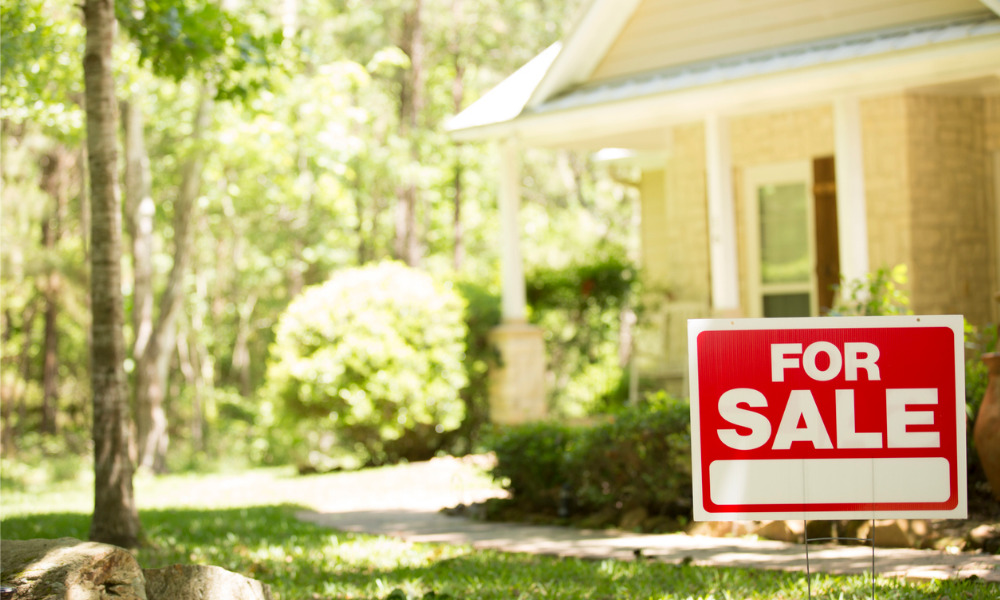Zillow study reveals price gains over past year

Homes in the suburbs have been appreciating faster than in urban areas over the last year, according to a new study by online real-estate marketplace firm Zillow.
The study shows that home values in suburban ZIP codes have been growing faster than in urban areas since July 2021.
Nationally, the typical suburban home gained $66,490 in value in the year ending March 2022, whereas for the typical urban home the increase in value was $4,819 less – $61,671.
The finding bucks a historic trend, reversing the previous pattern and highlighting a shift away from urban homes even as the threat of the COVID pandemic continues to recede.
Read more: Big brother's watching…for you to sell your home
Zillow said the rise of remote work “has had a tangible effect on where and how people live, as seen in the changing relationship between housing and commute times”, with homebuyers placing a greater emphasis on affordability and space than proximity to work.
Zillow pointed out that urban home values had rarely been outpaced by their suburban counterparts during the last nine years, most notably since January 2013, when home price appreciation began to recover following the last housing crash.
In the majority of the 50 largest US metros, Zillow said there was a higher dollar-value growth over the course of the past year in suburban ZIP codes, with five suburban metro areas seeing dollar gains more than double in comparison with urban areas in Detroit, Philadelphia, Birmingham, St. Louis and Minneapolis–St. Paul.
Reviewing the data, Zillow economist Nicole Bachaud said: “In the beginning of the pandemic, home values in urban areas generally outpaced suburban areas, counter to what many expected during the rush for more space.
"And while urban home value gains have continued to accelerate, the suburbs are even hotter, showing just how strong demand is for limited suburban inventory.
“That could mean competition for homes will be lighter near city centers this home shopping season, something we haven't been able to say for nearly a decade. That's not to say shopping for a home in the city will be a leisurely affair, but any sliver of opportunity for buyers is welcome in this market."
Zillow stressed that urban real estate had also seen “incredible growth”, adding that housing in the suburbs had not gained value at the expense of urban real estate.
However, it also pointed out that while the typical urban home was worth more than the typical suburban home across the US, “that is not necessarily the case in every market”.
Read more: Zillow makes more job cuts
Significantly, the survey also said there were signs that demand “may be shifting back in favor of urban homes”, while the gap between annual home value growth in the suburbs and in urban areas “has shrunk” in each of the first three months of this year, with annual suburban home value growth outpacing their urban counterparts by about $4,820 in March, down from $7,250 in December.
It cited Austin, where home values had been among the fastest-growing in the US during the pandemic, as a market that saw negative growth in some ZIP codes on the outskirts of the metro area during the winter.
Seattle was also cited as an “interesting case study” because it was experiencing major changes where growth was concentrated within the metro areas.
Over the past year, the value of a typical suburban home in Seattle increased by almost $147,000, whereas the typical home in an urban ZIP code increased by less than $120,000.
Nonetheless, although the fastest-growing ZIP codes were still in the suburbs, the strongest growth “is starting to creep back toward Seattle’s urban core” — signaling that affordability was probably not the top priority for buyers in these in-demand areas.



